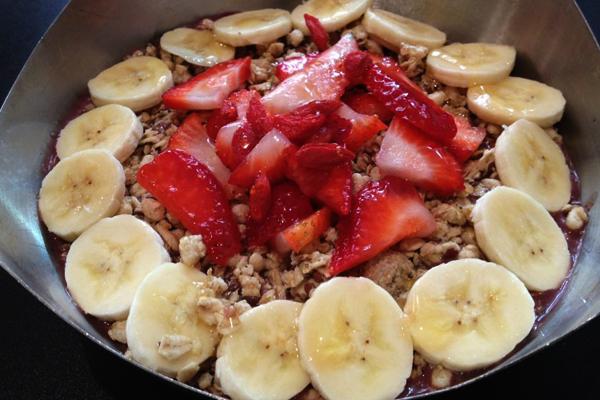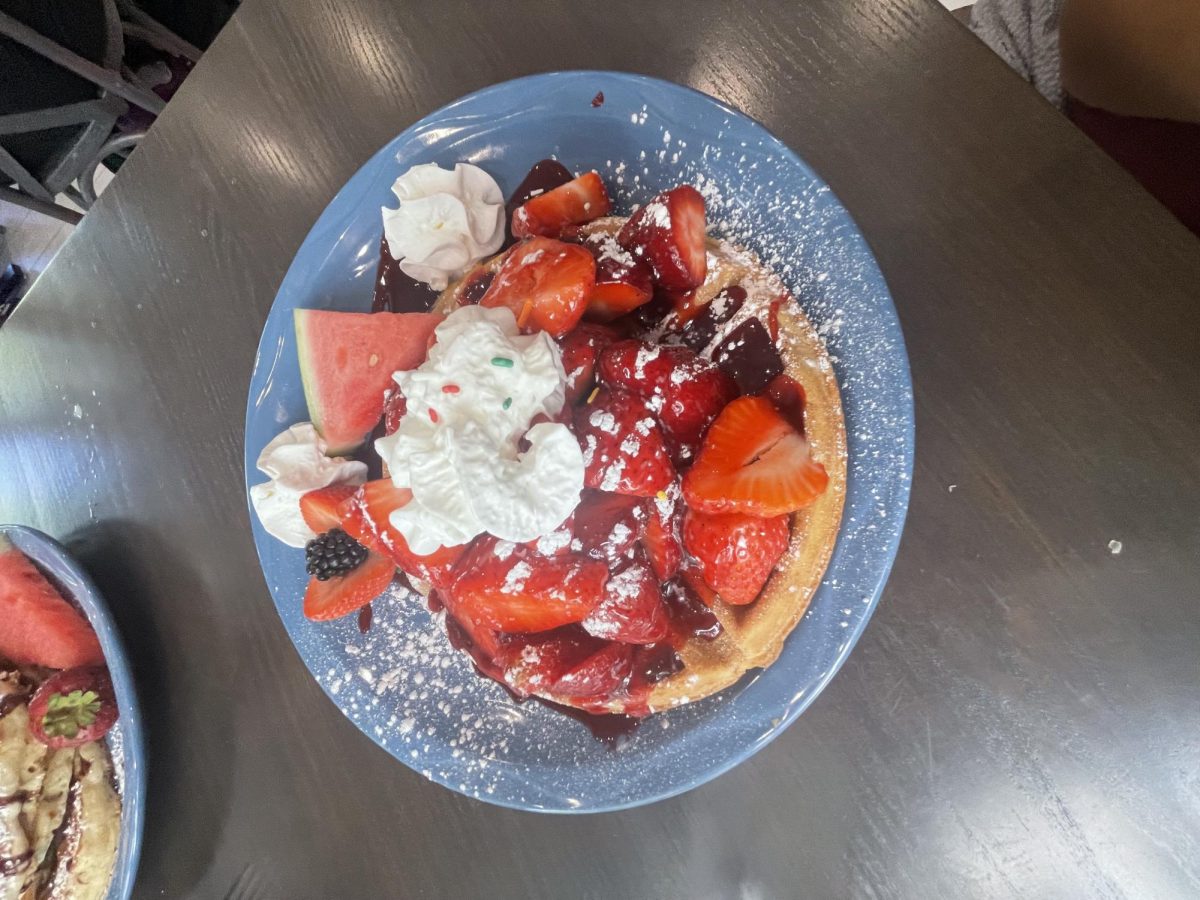Vitality Bowls is finally coming to Lafayette. With restaurants already in Brea, Irvine, Pleasanton, San Francisco, San Ramon, and Walnut Creek, Vitality Bowls plans to open 31 new locations across California.
The brand, which markets itself “the food of life,” has proven a staple in the diets of countless Lamorinda teens. It’s difficult to scroll through an Instagram feed without encountering a picture of an acai bowl.
The brand was founded in 2011 by health-enthusiasts Tara and Roy Gilad in what they, according to Diablo Magazine, call an attempt to “bring affordable, healthy, low-fat, and delicious food to our hometown.” The Gilads, as stated on their website, put an emphasis on natural ingredients and avoid trans fats, high fructose corn syrup, fillers, added sugar or any artificial preservatives.
A Vitality Bowl is the Gilad’s take on an acai bowl. While it may seem like an up-and-coming trend, the frozen fruit treats have actually been around for centuries.
According to an article by tamboracai.com, the bowls trace back to “time before memory. . . The edible palm heart and berry are a vital source of food for many people of the [Amazonian] region. Unlike the modern incarnation of sweetened acai bowls, the acai berry pulp was (and still is) eaten as a staple, unsweetened and alongside manioc, and perhaps with a main course like fish. This is the original acai bowl.”
Euro Botanicals, a company that produces health products, explains on its web site that “The Acai berry is grown in the Amazon rainforest in Brazil and has only been on the market for approximately 5 years. The berry has been around for thousands of years, [but] not until the 1990s was it introduced to the western world.”
Of the unique fruit, Gilad said, “It is the number one super food on this planet. In Brazil they actually call it the tree of life. Mothers who can’t nurse give their kids acai juice. It’s been used as a healing medicine in all countries for centuries and it’s got a high nutritional value. It’s high in antioxidants [and]. . .amino acids.”
Recently, acai bowls have gained popularity in Brazilian resort towns, eventually making their way to Hawaii and Southern California. Some of the first Vitality Bowl type franchises were Banzai Bowls (Costa Mesa, CA) and Basik Acai (Kona, HI). Today, while dozens of acai bowl sellers speckle the country, the acai bowls remain most well-known on America’s west coast.
As to why she (and her husband) decided to open the acai bowl franchise, Gilad explained, “I come from a background of healthy, nutritious parents. They were both organic farmers and my husband came from that background as well; he was an athlete so nutrition was always important.”
“But our daughter has severe allergies, so because of her we wanted to create a safe environment for her to eat. We wanted to get as many super foods in her as possible that were safe for her. We can’t go to any kitchen in the area because their kitchens are cross-contaminated, and all of Vitality Bowls kitchens are non-cross contamination kitchens. We really created it because of our healthy background, and then our daughter’s food allergies,” explained Gilad.
While Vitality Bowls is extremely popular amongst teens, some still wonder why they should choose an acai bowl over other after school snacks like frozen yogurt or Jamba Juice. Gilad explained that an acai bowl is a wiser choice: “We don’t use any ice, we don’t use any frozen yogurt, we don’t use any sherbet or any added sugar in any of our products like Jamba Juice. We also use real food items. For example, our milk is real milk. They use powder milk. . . The nutritional content in any one of our items compared to Jamba Juice is significantly different.”
“You really can’t compare us to frozen yogurt. . .Frozen yogurt is just a dessert, we’re a healthy, healthy meal. We have acai bowls, we have paninis, we have salads, we’re more of a superfood café, Gilad said.
Freshman Molly Ikeya said she visits the Walnut Creek location nearly every week. Her classmate Annie Midthun said, “[I probably go] once or twice a week.”
The bowls start at $8.99, which many parents (and working teens) find to be rather steep.
Why the bank-busting price tag?
Gilad said, “The number one biggest expense in our bowls is the acai berry. They’re extremely expensive to get. We also use very expensive items on a lot of our foods like goji berries which are $21.99 per lb. We use kiwis, we use everything; our ingredients are high end, high quality and organic.”
“So you’re really paying for quality, you’re paying for nutritious ingredients, you’re paying for organic. We don’t compromise on the quality of our food. Yes, could you go to Burger King and pay $4 for something but there’s no comparison. If somebody wants to eat healthy I don’t think they’ll mind paying for a healthy meal,” Gilad said.
Both Ikeya and Midthun said the price for a bowl is “worth it.”
In regard to their Bay Area success, Gilad said, “We did not know [how successful it would become]. We hoped it would be successful, we hoped our community wanted healthy food, just like we did. I think in the Bay Area everybody is health conscious, but we lacked healthy food in our area. And we were very excited about how our community embraced us, how people were so happy to have healthy food come to the area.”
The Lafayette location will open May 22. A 50% discount will be offered to all Campolindo students at the grand opening. “So on May 22, for every student at Moraga, they just need to show a student I.D. They come in, they get 50% off any item,” said Gilad.
“We’re really excited to be in Lafayette. We hope that community embraces us and that you guys want healthy food and that it’s gonna be a success,” she added.


